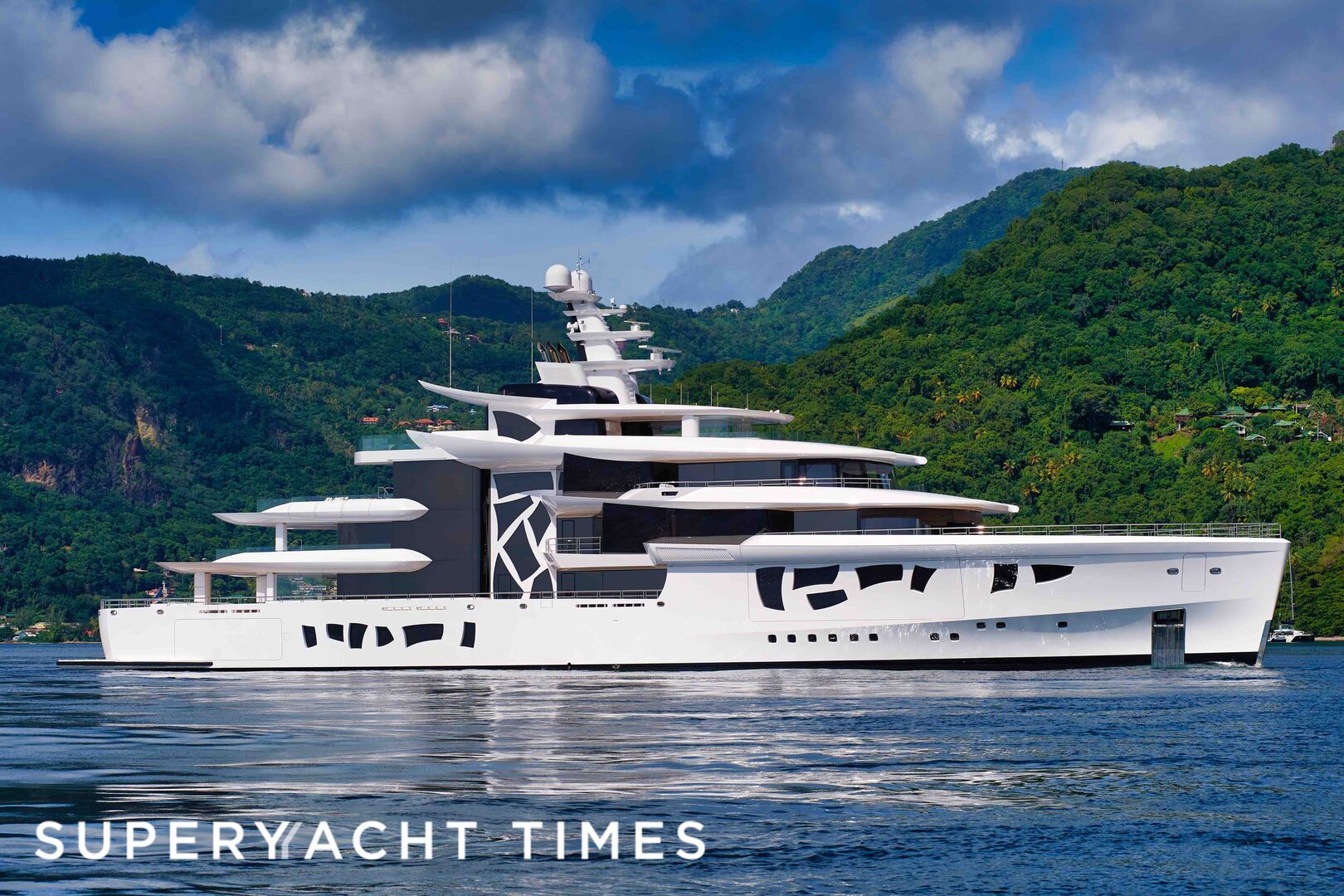The demand for more eco-friendly practices is currently sweeping across all industries globally. So it perhaps comes as no surprise that shipyards are getting in on the eco-friendly action. Shipyards and builders aren’t only looking to implement more sustainable designs on the yachts they’re building, but also within the yards themselves.
Whether it’s driven by an ethical, reputational or even economic mindset, showing a willingness to be more ‘green’ is essential for modern-day yacht building. However, this is often easier said than done. So, because actions speak louder than words, we investigated what tangible changes some of the industry’s most influential players are making in-house to nurture a more sustainable industry. 
Sustainability has always been a priority for the Austrian company Silent-Yachts. “As a shipyard which started its operations building solar-electric yachts, reducing our carbon footprint and striving for sustainability is part of our DNA,” explains Michael Kohler, CEO and founder. In addition to optimising the production and consumption of energy in real time, eco-policies must also look to the future.
“The modularity of our components ensures that the individual components can be replaced and reused easily, which contributes significantly to the reduction of electrical waste,” Kohler explains. Silent Yachts are not the only ones advocating for renewable energy, as Damen Yachting’s Managing Director Rose Damen reveals: “At our Vlissingen City yard, we have more than 5,000 solar panels generating power – a peak of 1.67 MWp. It covers about 30% of our annual electricity needs, plus we’re introducing more capacity, including wind power.”
There are alternate ways for shipyards to confront their eco-responsibilities besides utilising wind and solar power, as Sales Director Till von Krause from Abeking & Rasmussen explains: “We went through all possible energy losses – insulating heating lines and buildings, and changing the large doors in our sheds to air-cushioned doors with insulation.” He also notes how getting serious about reducing a company’s carbon footprint requires some self-reflection and holding yourself to account: “The first step is knowing your carbon footprint and understanding the impact of it. The second step is to put this in contrast with other industries and complying with standards.”
The issue of sustainability should be tackled directly from the source, as shipyards such as Heesen and Benetti demonstrate. “In addition to building efficient yachts, the Heesen shipyard is always exploring renewable and alternative energy sources” explains Heesen’s Director of Operations Rick van de Wetering.
“This includes harnessing solar power and using Patented Sun Tracker technology to automatically dim the interior LED lighting to avoid wasting energy on days where natural sunlight is sufficient, therefore reducing the shed’s lighting requirements by 25%.”
Benetti has taken a similar tack, installing “photovoltaic and sophisticated solar thermal systems to save on gas consumption,” a spokesperson from the yard explains. “The systems we have installed for heating domestic hot water allow us to save up to 50% of the methane gas, and, following the shed renovation, Benetti has significantly improved the insulation to create an efficient thermal coat both in terms of heat dispersion and acoustics. ” 
In reflecting on what role yards play in prioritising and promoting sustainable methods of building superyachts, there seems to be a clear consensus that IMO regulations (safety regulations for different types of ships set by the International Maritime Organisation) represent the bare minimum: “Complying with IMO regulations today is not enough, as a shipyard we take it as our responsibility to promote eco-friendly vessels specifically when it comes to the main propulsion system.
In the past, we’ve worked directly with MTU to develop the hybrid propulsion system for Sailing Yacht A and most recently we worked with ABB to develop the DC-bus [diesel-electric Azipod propulsion] system for Artefact,” Nobiskrug’s Sales and Marketing Director, Fadi Pataq says. So how can shipyards ensure they're hitting the right targets when it comes to minimising their carbon footprint? “Forward-thinking!” he explains. “We have a young and experienced R&D team which is constantly researching and reviewing green technologies that we can include in our future proposals to clients. We are proud to promote innovation.”
While the eco-policies enacted by shipyards today represent a realistic starting point for a more green future in yachting, demands and expectations from all sides – governmental, consumer and supplier – are only going to increase. As such, it lies in the hands of all actors involved to continually advance their efforts and encourage a more sustainable future in yachting. 